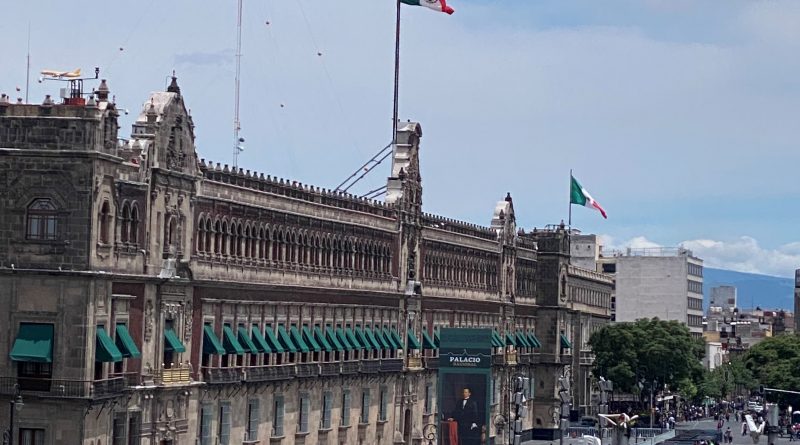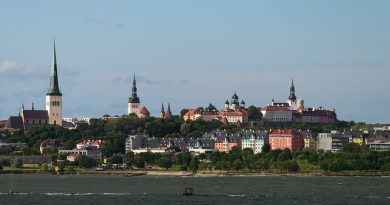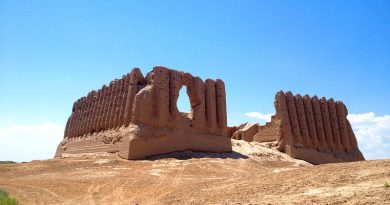Top Ten Mexico City
Mexico City is the biggest and most densely populated city in the whole of the Americas, its vast size matched by its rich cultural and historical identity. A bustling cosmopolitan city, Mexico City is a thriving centre for contemporary culture and the site of several breathtaking historical sites.
Historic Centre
Arguably Mexico City’s most important historical site, the Centro Historic de la Ciudad de Mexico is the foundation of the Spanish colonial expansion into the Americas. Most importantly, the Historic Centre houses the remains of Tenochtitlan, the capital of the Aztec Empire, which was destroyed and conquered by Spanish Conquistador Hernan Cortes in the 16th Century. The ruins of Templo Mayor, the main temple in Tenochtitlan are currently housed within the Historic Centre, and in spite of their devastation, remain one of the most important cultural remnants of the Aztec Empire, providing a window into pre-Spanish Mexico.
Xochimilco
One of Mexico City’s most beautiful and distinct neighbourhoods, Xochimiclo is located in the capital’s Southeast on the shore of Lake Xochimilco. The area is known for its extensive network of canals. Along these canals are a large number of Chinampas or floating gardens, artificial farming plots, which form an important part of the area’s economy. A key site within Xochimilco is the notorious Island of the Dolls, the best known of the Chinampas. The Island of the Dolls was built by local Santana Barrera, who found the body of a drowned girl, and her doll, which he hung as a tribute. Allegedly hearing whispers from the doll, he hung hundreds of dolls on the island in an effort to appease her spirit. The site, considered ‘charmed’ rather than haunted, is a popular tourist attraction and forms a focal part of the area’s eccentric charms.
Chapultepec Park
Mexico City’s best known public park and one of the biggest in the entire Americas, Chapultepec Park or Bosque de Chapultepec is one of the most important recreational and ecological centres in the city. A vast green expanse, Chapultepec is home to a number of key sites such as the famous Chapultepec Castle, the Americas’ only royal castle. Initially constructed as the residence of the viceroy, it assumed a number of different functions over the centuries including a military academy. Following the collapse of the Second Mexican Empire, the castle fell into decline. Eventually, in the 20th Century, the Castle became the headquarters of the National Museum of National History. Other important sites within the park include the National Museum of Anthropology, the country’s most-visited museum, the Chapultepec Zoo, and the Museo Rufino Tamayo, a contemporary art gallery.
Frida Kahlo Museum (La Casa Azul)
Located in the historic Coyoacan neighbourhood, the Frida Kahlo Museum, or The Blue House, is a tribute to the country’s most significant artist. The house museum was the place of her birth and her death, and where she lived for many years both during her childhood and during her marriage to Mexican artist Diego Riviera. Following Riviera’s death, his will dictated the house be turned into a museum dedicated in his deceased wife’s memory. In addition to housing several of both artists’ works, the museum also showcases a number of personal items and paraphernalia. The house is known for its distinct cobalt blue exterior, which gives it its name.
Mexico City Metropolitan Cathedral
One of the most significant Roman Catholic churches in the world, the Metropolitan Cathedral of the Assumption is the biggest of its kind in the entirety of the Americas. Located near the remains of Templo Mayor, the Cathedral is a hugely important landmark of the city’s historic centre. Built over a number of decades in the 15th and 16th Centuries and consecrated in 1656, the church is one of the city’s most recognisable landmarks and one of the most enduring physical legacies of Spanish colonialism in the country. Clearly influenced by Spanish Gothic architecture, the Cathedral is a spectacular site to behold and an important cultural symbol of Mexico.
Soumaya Museum
One of the city’s most impressive art museums, the Soumaya Museum was founded by the country’s wealthiest man Carlos Slim and named after his deceased wife. The museum is home to a variety of different artistic styles including Mesoamerican art, contemporary Mexican art and European Old Masters. An important cultural centre with a striking contemporary design, this is one of the city’s finest museums.
Mercado de Sonora
One of the city’s most unconventional markets, the Mercado de Sonora is the country’s largest esoteric market, specialising in a number of left-field and mystical items. The market provides an insight into the country’s stranger folk religions such as voodoo and Santa Muerte, which are often adhered to by practicing Roman Catholics.
Teotihuacan
A short drive from the city centre, Teotihuacan is an ancient Mesoamerican city and is considered to be the most significant physical relic of the pre-colonial Americas. A well-preserved complex of pyramids, Teotihuacan is home to the famous ‘Pyramid of the Sun’ and the ‘Pyramid of the Moon’. In addition to being a visually spectacular historical site, the complex also gives us valuable insight into the anthropological structures of pre-Columbian Mesoamerican communities. Teotihuacan is one of Mexico’s most culturally and historically significant sites and certainly worth a visit if in the nearby capital.
Museo Casa de Leon Trotsky
One of the city’s more niche museums, this was home to Leon Trotsky, an exiled former Communist leader and the place of his assassination. A well-preserved house museum, it is surrounded by a garden, which contains Trotsky’s burial site. Now also the home of a political asylum-promoting charitable organisation, the Leon Trotsky Museum is one of the city’s most distinct and interesting museums.
La Posada de Sol
The abandoned ruins of one of Mexico City’s lost hotels, La Posada de Sol was an ultimately failed attempt at the creation of an extravagant, world-renowned hotel such as The Ritz in London. Its aspirations fell short sadly and the building was unable to be completed due to financial problems. Its architect Fernando Saldana Galavan committed suicide within the hotel, leaving the building haunted. Despite this, it remains an under-the-radar tourist site due to its mythology and unique blending of modernist and baroque architectural styles.




